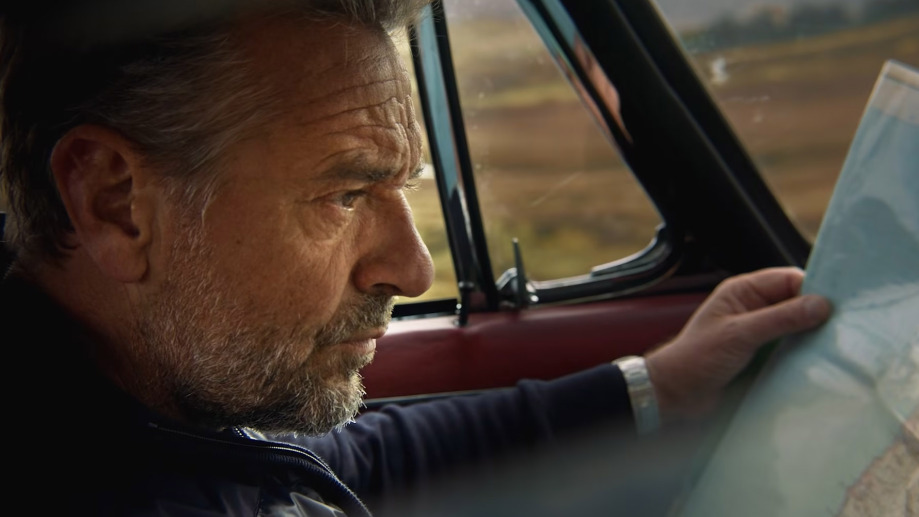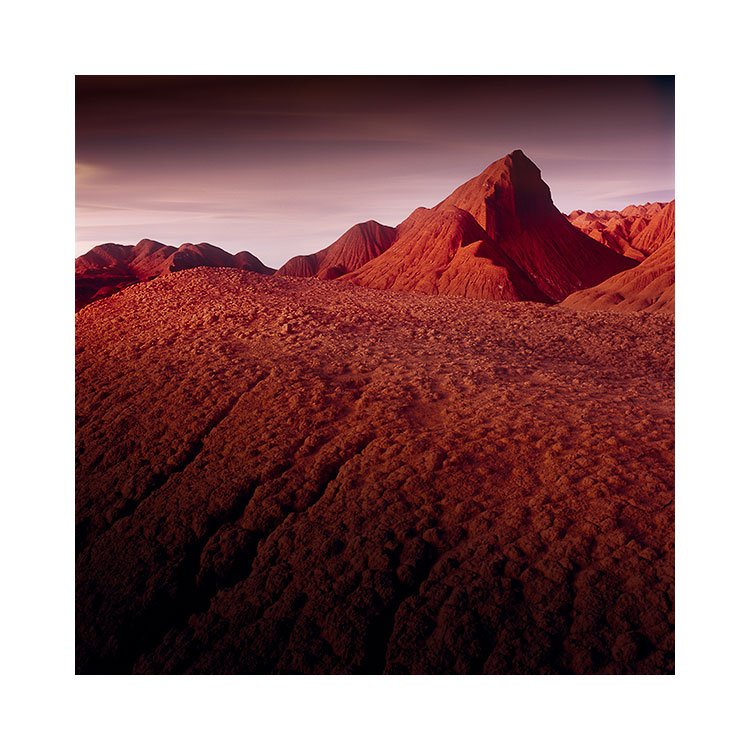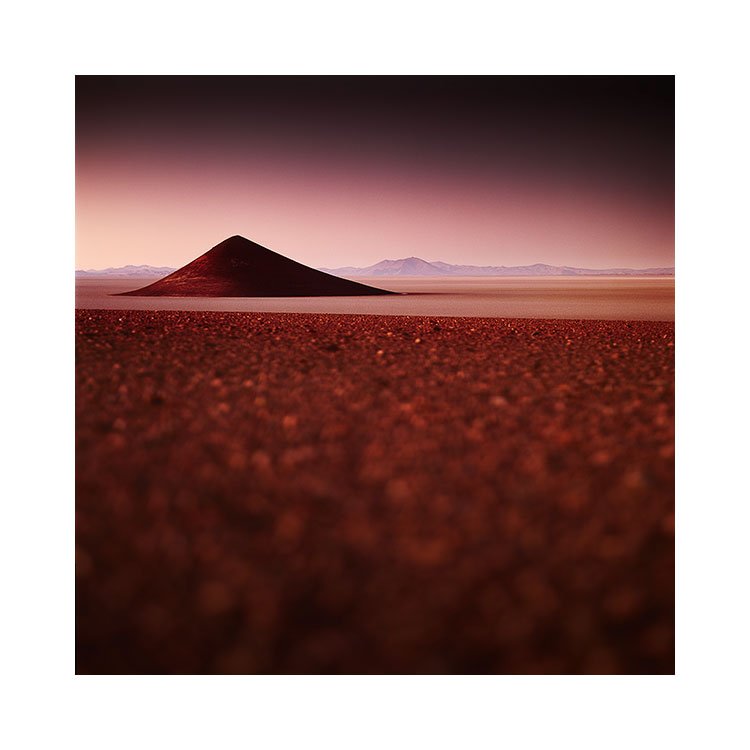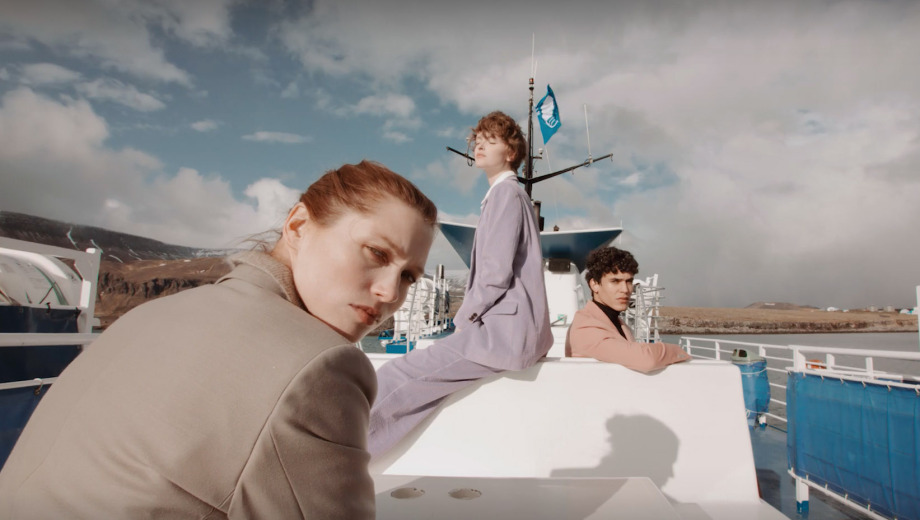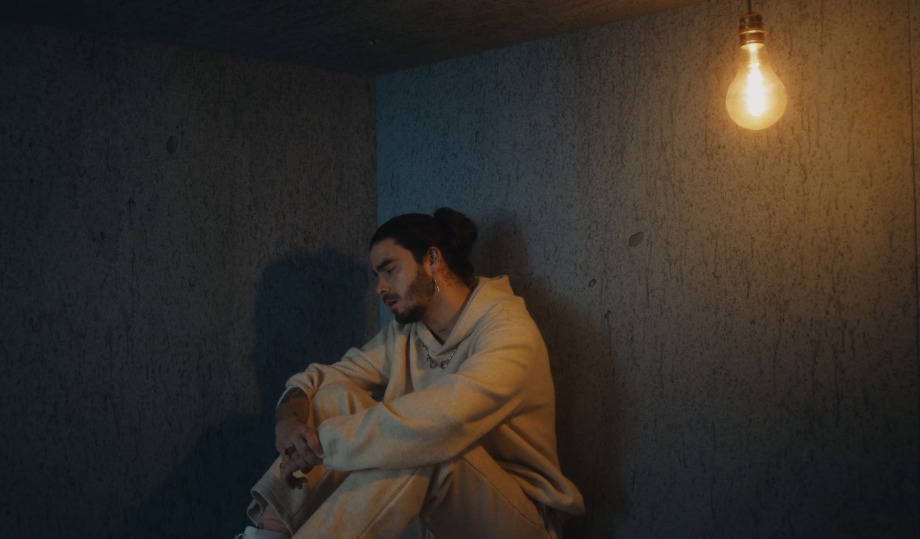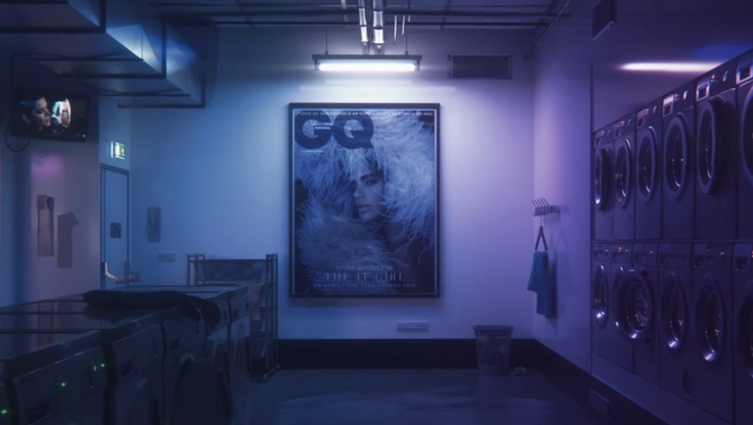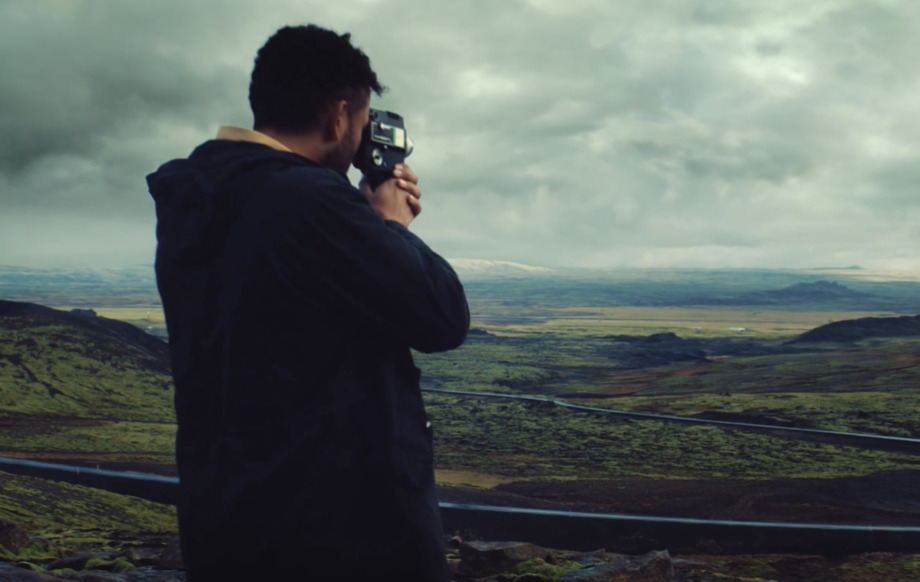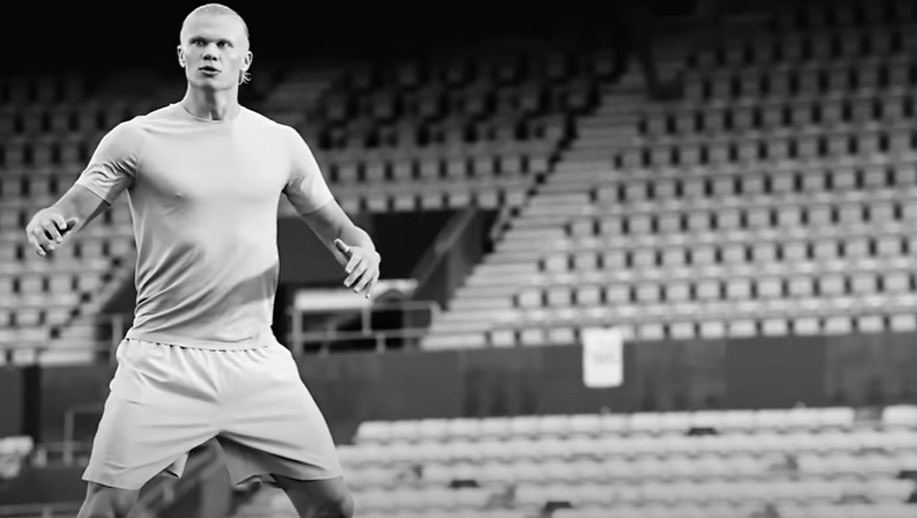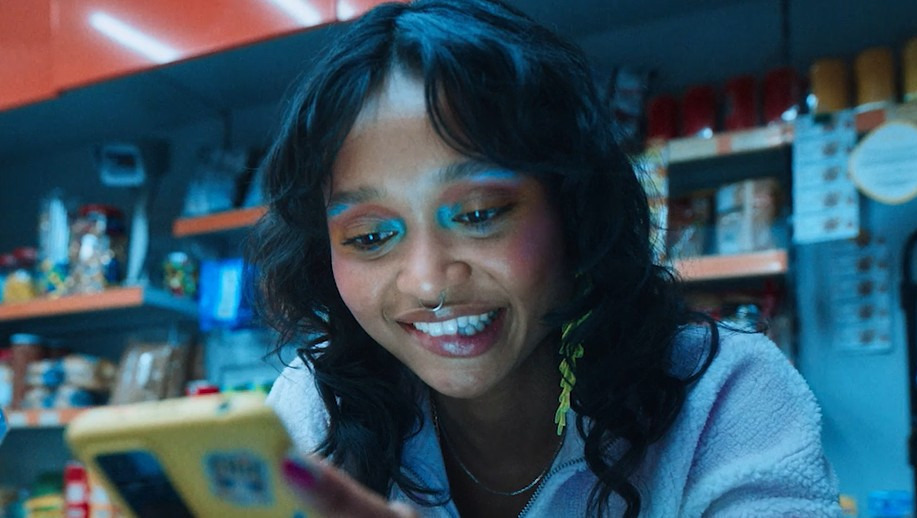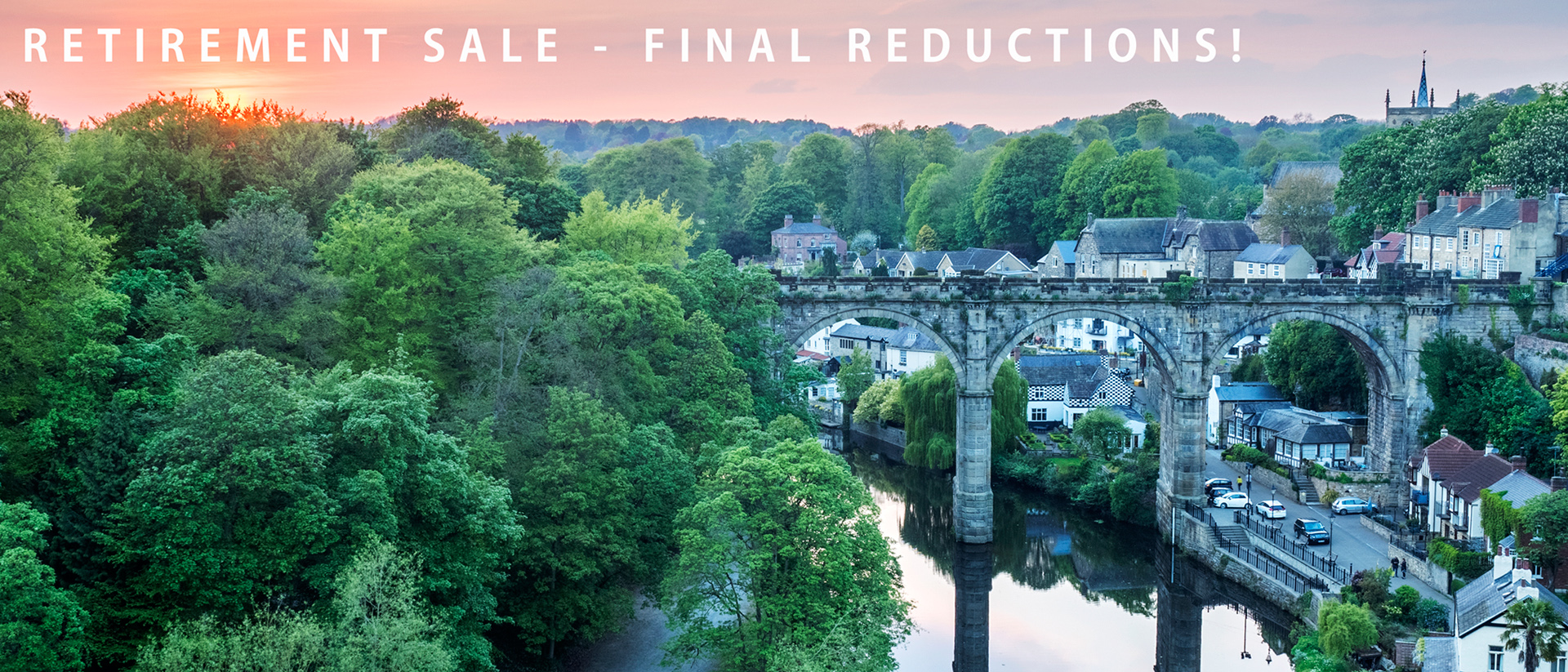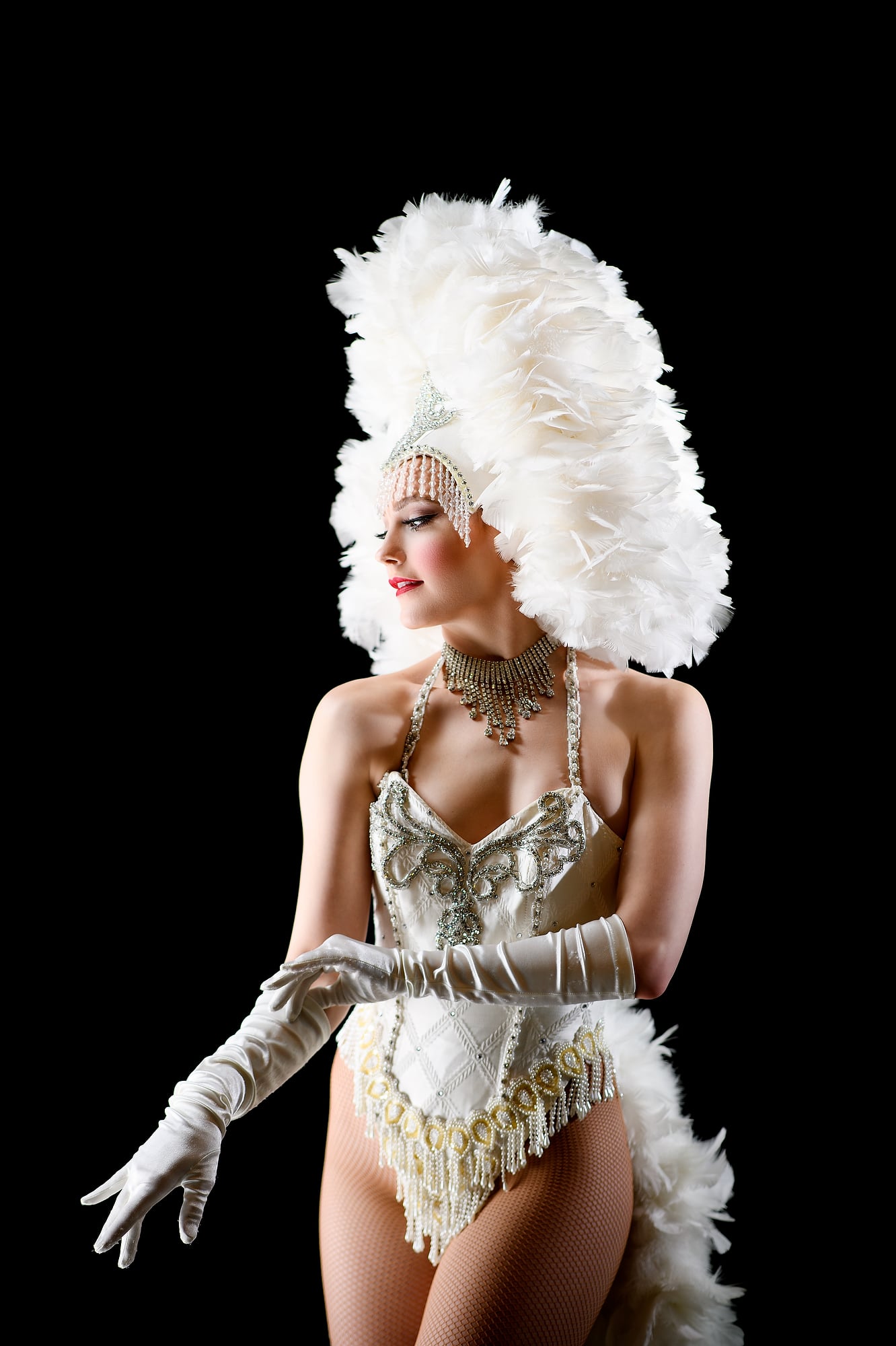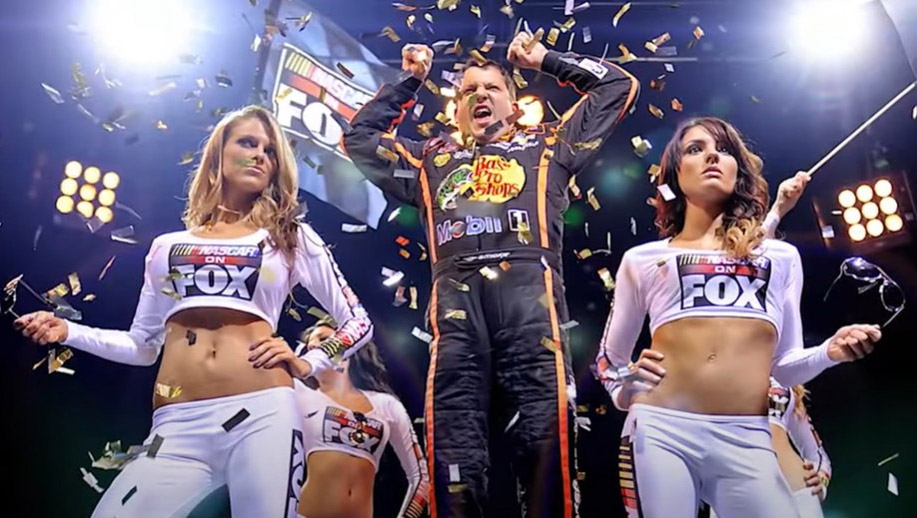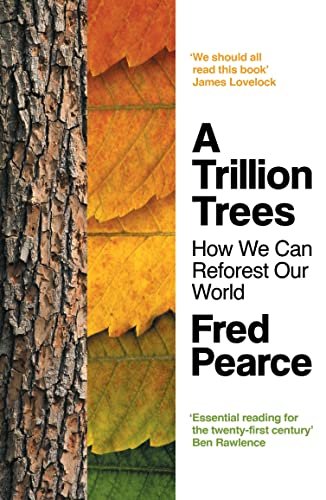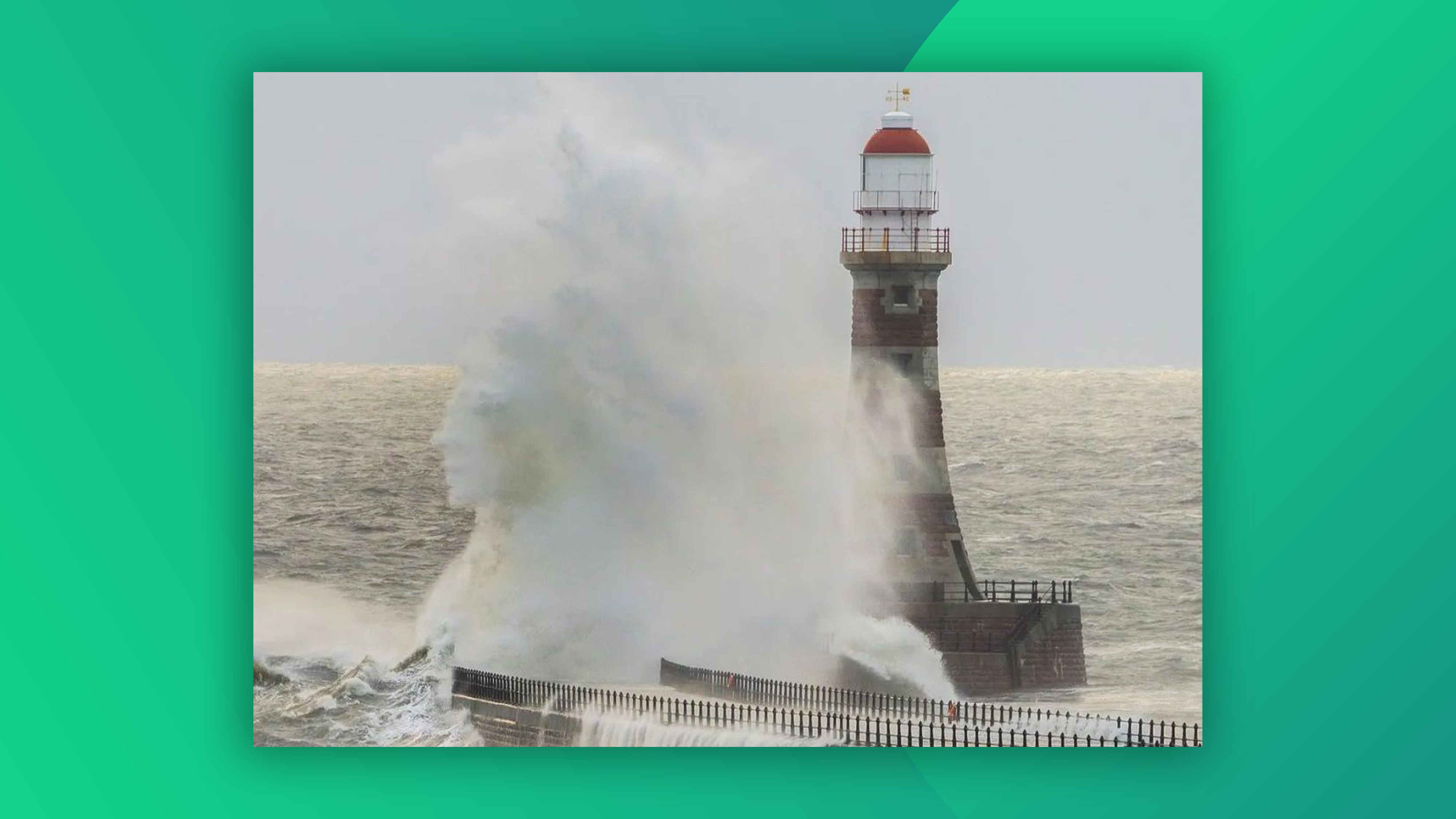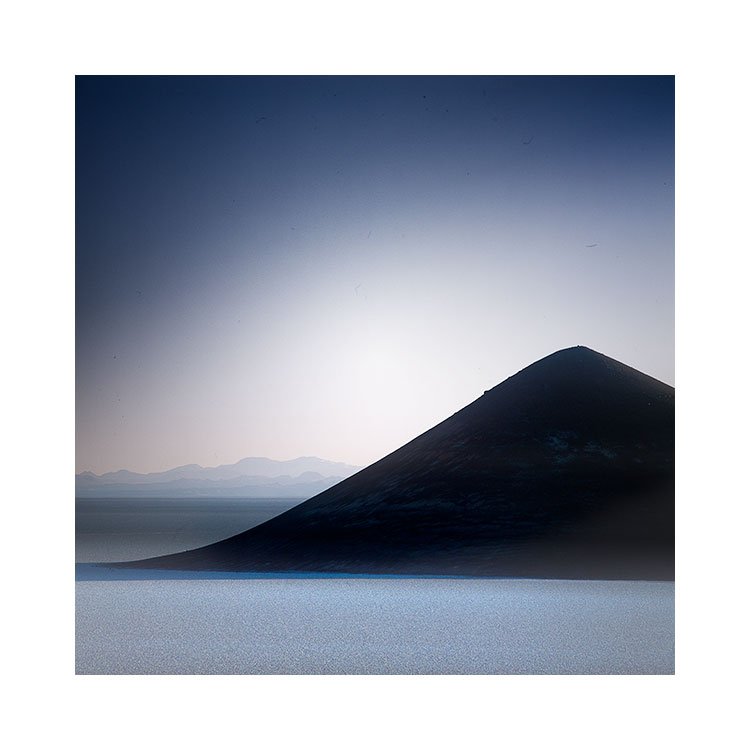Photographers
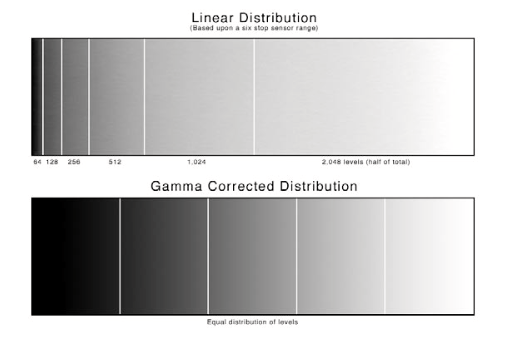
Further thoughts on linear profiles
The Art of Adventure - Bruce PercyI’ve been thinking about linear profiles again.
I’ve known for some time now, that the human eye does not see linearly. Our eye compresses the highlights, and I would say that the visual response we ‘see’ is comparable to ‘gamma corrected profiles’.
Let’s turn this around the other way: there is a reason why I think RAW converter profiles are gamma corrected: they are trying to mimic what the human eye sees. Cameras do not see the way we see, so there is a reason why gamma corrected profiles have been at the cornerstone of RAW conversion for many years.
Let’s revisit Linear distribution of tones and Gamma corrected distribution. I would assume that since a digital camera ‘sees’ Linearly, that any RAW converter designer has to reinterpret the linear response and give us a Gamma Corrected Distribution.

With the latest craze in Linear Profiles for editing, I can appreciate that highlight data is more spread out and thus there may be finer control of tones in this region of the histogram, but its benefits are to the detriment of shadow and more importantly mid-tones which are compressed down towards the left.
Again, if it were me, I would be choosing a Gamma corrected distribution profile in RAW, but using one where the contrasts and minimal (such as Neutral) and then decreasing the contrasts further by using the sliders.
For the past year or so, when I’ve been discussing my own workflow on my workshops (I scan my images as flat as possible, with reduced contrast and shadows and highlights well within clipping range), many participants assume this is the same thing as using a linear profile. Let me make this clear: it isn’t. It’s not even close.
I would say that my workflow is closer to using a gamma corrected profile, but reducing the contrasts even further as a starting point.
My main argument with the traditional approach - the Adobe school of thought where they wish for you to get the blacks, highlights correct in the RAW before you begin work is not how I do it. I avoid this, because what you are essentially doing is punching up the contrasts globally across the image. It is a blunt approach to fine editing. I would much rather start with the basic ingredients of the image rather than a cooked image. To get to the basic ingredients, choose a gamma corrected profile with the lowest contrast, and then reduce the contrast further.
I am looking for a file that is malleable. A file that has had the blacks and highlights punched up to final results gives me no leeway to decide where the contrasts and emphasis of visual attention should be.
Work with soft RAW files. But beware, as far as I can tell - they are not the same thing as linear profiles. Linear profiles compress the shadows and midtones, to give us more room to edit the highlights. But most visual information we pick up is in the mids.
Just my thoughts.

